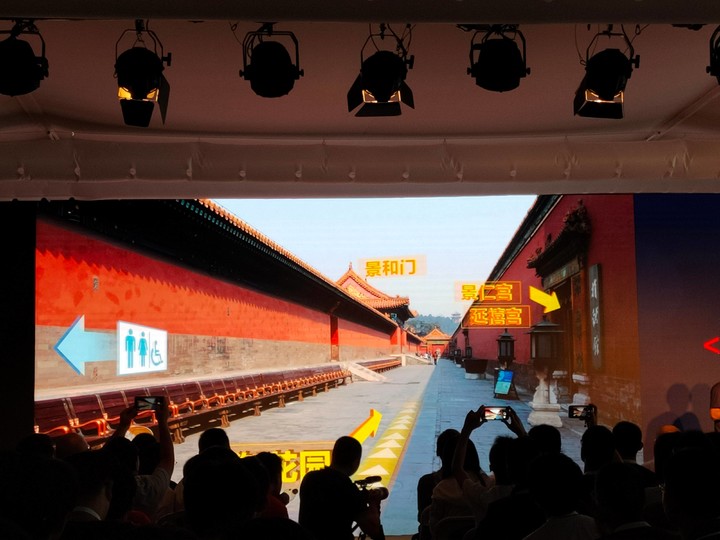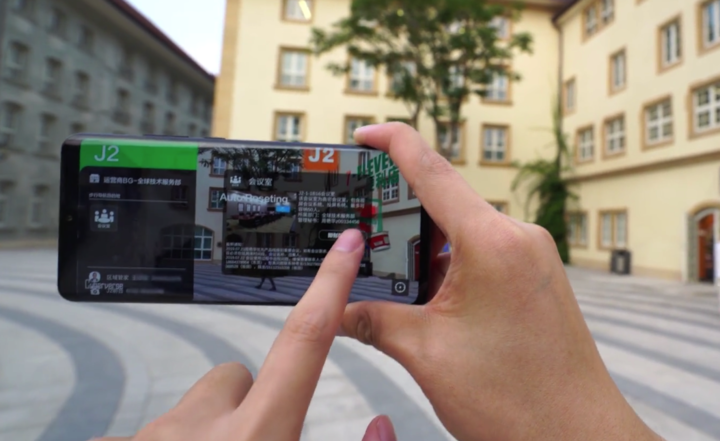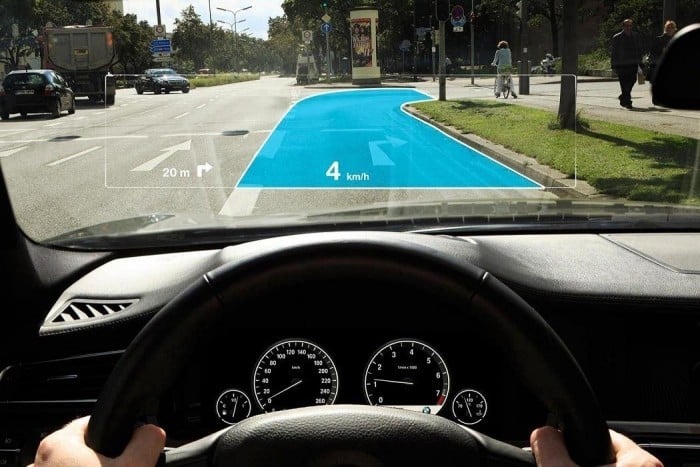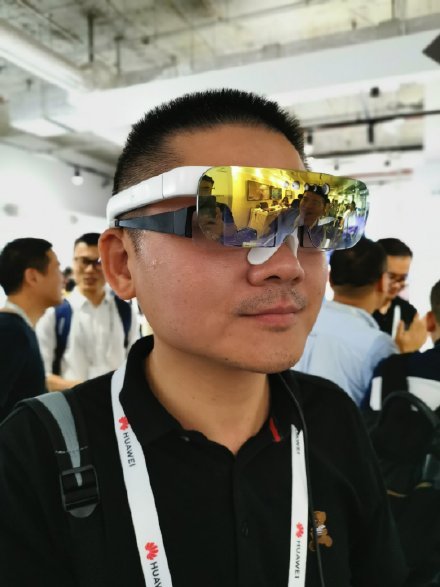The word “Cyberverse” has two meanings, one is Cyber and the other is Universe. Huawei combines these two words and calls it “Digital Reality Black Technology.”

In the eyes of outsiders, it is like the picture that Schwarzenegger sees in Terminator, which identifies the surrounding environment wherever it goes.
But in the real world, this is an AR-based map and the new map technology that Huawei announced at this developer conference.
 < /p>
< /p>
Luo Wei is Huawei’s photo shoot chief engineer (Fellow), and the Cyberverse release of this developer conference is to be delivered by him.
For Cyberverse, we can understand that it is a fusion function based on 3D high-precision map, spatial computing ability, environment understanding ability and 5G, end-pipe cloud architecture. There are two preconditions for implementing this feature. One must have strong hardware support and the other is cloud big data.
Luo Wei introduced that based on Cyberverse’s full scene space computing capability, the mobile phone can achieve accurate centimeter-level positioning, achieving the greatest integration of virtual and real world. It is worth mentioning that this function has AI self-learning ability, and as the frequency of use increases, the recognition accuracy will also increase.
▲Cyberverse’s AR navigation function
In addition, environmental understanding and building capabilities enable Cyberverse to identify the physical environment, objects, and automated detection of surrounding environment data.
For example, when approaching a building, the system extracts the cloud data to display the specific information of the building in the 3D map. The navigation program can provide road and building information through the virtual logo, and the shopping program can display the relevant information of the place. Comments and so on.

▲ Virtual Building Logo
With this data, Cyberverse can also render deep rendering of real and virtual worlds, resulting in a realistic immersive experience, which is one of the reasons why this feature requires strong hardware support.
So in general, there are four main core features of Cyberverse:
- Full scene space calculation (AI)
- High-precision 3D maps (map data)
- Environment, Object Understanding (AI)
- Virtual Reality Rendering Capability (AR / AI)
In the event, Luo Wei introduced the functions of Cyberverse including enlightenment, identification, literacy, car security, 3D map recognition, etc. The application scenarios also include scenic spots, museums, and smart parks. Public places such as airports, high-speed rail stations, commercial spaces, etc., provide guided tours for tourists.

▲ View IOT data for the current building
At the press conference, Huawei showed Cyberverse and IOT smart homes.Interconnected video. Users can detect indoor temperature, humidity, formaldehyde level, and number of people in the building through Cyberverse and indoor IOT equipment outside the building.
This scene has given me a particularly deep impression.

It is reported that Huawei has completed more than 90% of the automated processes from “map collection” to “production available maps”, generating 100,000 square meters of maps per day, and generating maps available every other day after collection. The document accelerates the development and application process of Cyberverse.
Rosie said that Cyberverse will provide services in five locations in first-tier cities this year, and will provide services in 100 locations by the end of the second quarter of 2020. By the end of 2020, services will be provided in 1,000 locations.
Not just Cyberverse for mobile phones
Huawei’s Huawei P30 Pro is used to showcase Cyberverse at this event, but obviously this is just the best technology for the moment.The carrier, because it has several key hardware required for this technology – screen, processor, camera.

▲ North AR Smart Glasses
However, from the function display of Cyberverse, it will not only be a mobile phone in the future. With the gradual improvement of intelligent hardware, it is very likely to be integrated into glasses, headphones, home and even cars.
After all, we will not hold the phone to watch the map all the time.
For example, AR map navigation, which is integrated into smart glasses, provides instant identification information when facing an item;
 < /p>
< /p>
Using HUD (Head Up Display) as the vehicle guidance system, the surrounding content can be instantly displayed in the car through the data of the camera camera mobile phone, reducing the accident rate;
It can also be set up on other large-screen devices with cameras. Based on Cyberverse’s AR rendering technology, the system also provides AR entertainment and learning capabilities.

▲ Full Scene AR Reality Enhancement
Of course, it is not practical to apply Cyberverse to theory alone. It also requires hardware and network support. Especially in the space of smart glasses, such as the size of the internal space, the addition of projection components, motherboards and batteries that support long-term battery life is obviously not a perfect solution for the current technology.

▲Huawei AR glasses. Image from: Cheng Yuan Cherio
Moreover, a large amount of cloud content transmission also requires a 5G network as a link between the two, so the time node that can really play the biggest use of Cyberverse should be smart wearable after the 2020 of 5G network and hardware integration technology mature. The device is expected to be an important part of the convergence of mobile digital life and IOT scenes.
